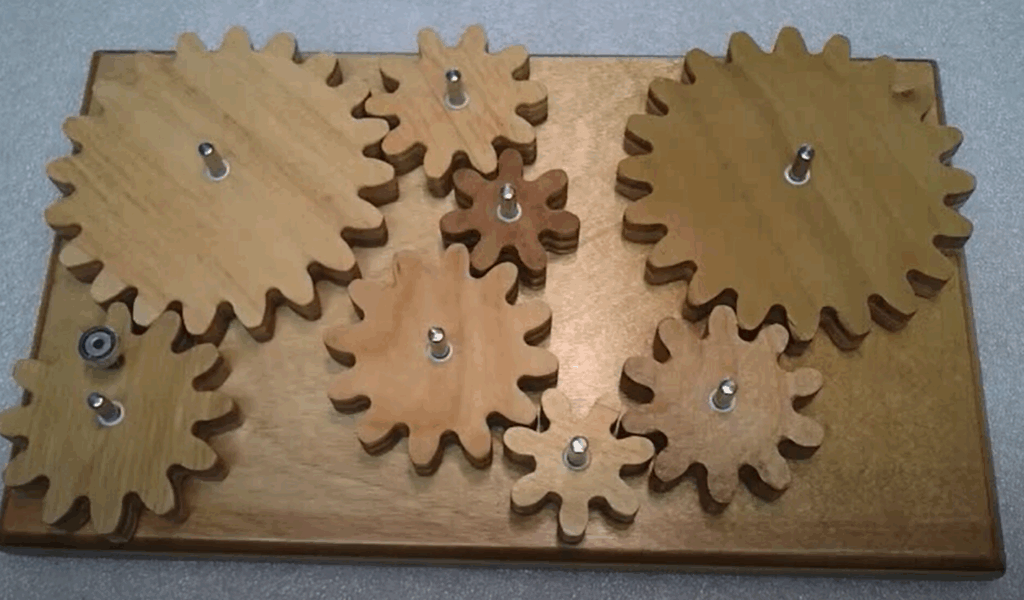DISCUSSION

Mechanics
We talked a lot about mechanics, a significant part of which involves the laws of physics and the muscles being used—what we refer to as biomechanics. Applying proper biomechanics makes physical tasks easier to perform and helps prevent injuries. Similarly, using the right gears—or mechanical advantage—you can either increase your speed or amplify your workload, just like with bicycle gears.
We also explored the power of the mind. For example, we practiced projecting energy beyond the fingertips, emphasized the importance of staying calm under pressure, and discussed how practicing slowly can help reprogram your reflexes. We examined how something as simple as finger-pointing can affect the amount of power you deliver, among other concepts. We classify all of these as psychomechanics.
Reflexes
Fear creates tension, and panic can freeze your mind. Many of your habits and thought patterns were formed long ago, often during childhood. Changing something deeply embedded in the unconscious mind isn’t easy—but it is possible. The following points highlight some of the most important, though often unconventional, approaches:
Instead of tensing up and fighting with all your strength, you must relax, clear your mind, and avoid relying on strength or speed. First, become aware of the situation you’re in and consider your options or your “end game.” For example:
- Do you have any chance of escaping?
- Is there anyone nearby who might help?
- Are there potential witnesses who could see what’s happening?
- Will you need to hurt the aggressor to get out safely?
These are just a few of the critical questions to assess.
For any technique to be effective, it must be practiced extensively—not just physically, but also through visualization. Additionally, you should test it against opponents with varying body types and under different conditions:
- Someone with a very strong grip
- Someone much taller or heavier
- Someone who mirrors your movements
- In confined spaces, and so on
This kind of preparation trains your reflexes to respond more effectively under real-world pressure.
SCENARIOS
Reinforcing the basic principles
All the different adaptations of the techniques apply the same basic concept. We have to repeat it until it is our default response.
- Stepping and body motion must be synchronized with the arm. When the movement is disjointed, it will not work because you are telegraphing your intent and breaking the mechanics of the move.
- While stepping away is often taught, we also discussed scenarios where staying close can be a better strategy. Staying close reduces the time and space needed to reach your opponent, allowing you to respond more quickly and maintain control. Remember key principles like “elbow to elbow”—this positioning offers better leverage and mechanical advantage than simply backing away.
Two hands grab on two wrists low
If both of your arms are grabbed, remember that you don’t need to free both hands. In many cases, freeing just one hand is enough, as the aggressor will often instinctively grip even tighter with the remaining hand—giving you an opportunity to counter. Avoid trying to yank your wrist away; this rarely works and often wastes energy.
Two hands grab on two wrists high
To escape a two-handed high grip of both wrists from your opponent, remember that the thumb is always the weakest link. Start by relaxing your palm and allowing your body weight to sink downward, directing pressure toward the opponent’s thumbs. This will begin to weaken their grip. Then, use your hand to wrap around and escape, supported by proper body angling to maximize leverage and efficiency.
EXERCISES
Practice for self defense does not always have to be physical. Training and visualizing the scenarios taught trains your neural system and is VERY IMPORTANT. Visualization plays a very important role for top athletes and so it will work for you too.
